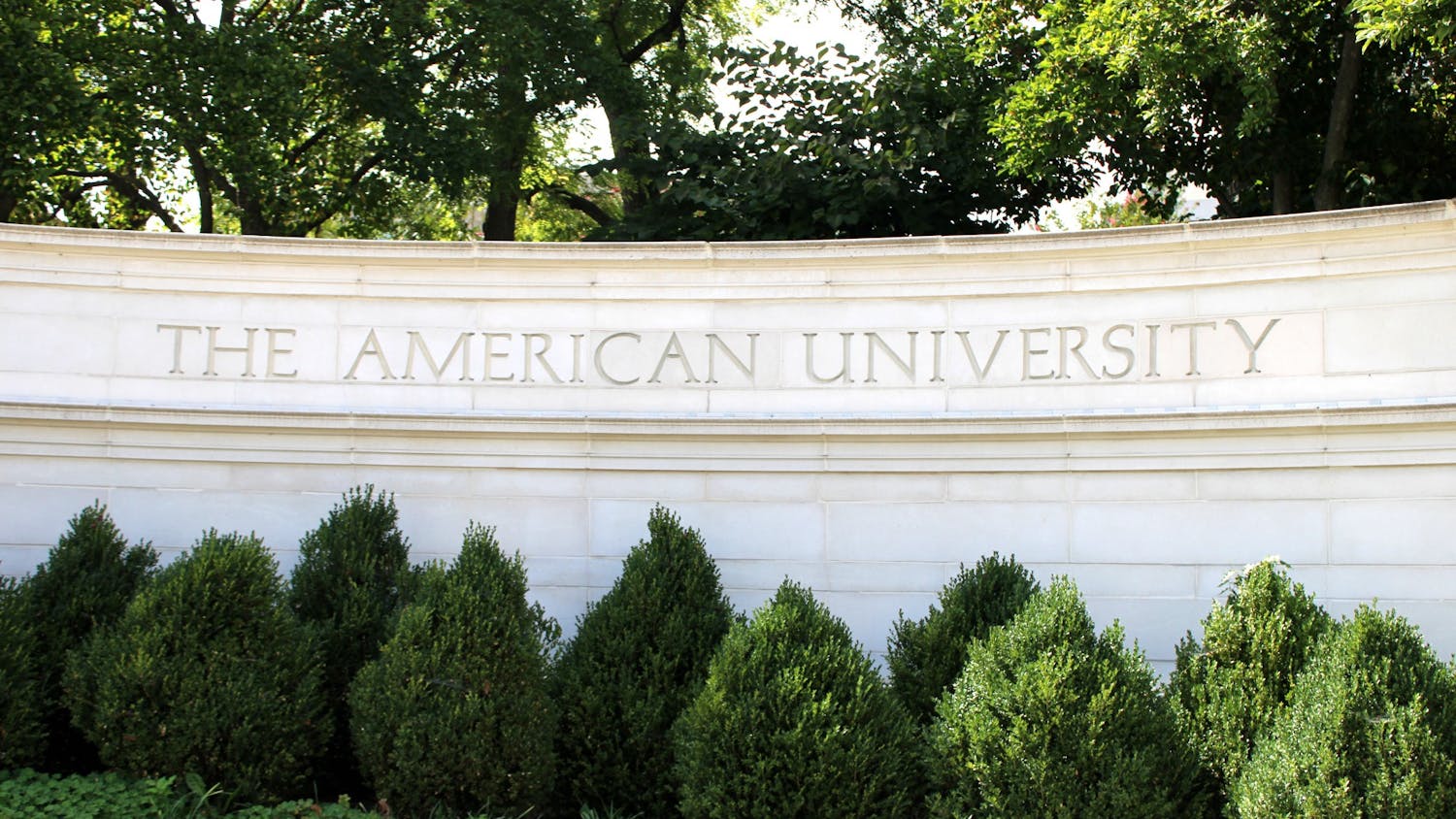The sale and possession of synthetic marijuana products, commonly known as “spice” and “K2,” is now considered a violation of AU drug policy after the federal government temporarily banned the substances March 1.
Usually marketed as incense, synthetic cannabis products are a blend of herbs and spices that have been coated with at least one of the five “THC-mimicking” chemicals.
The Drug Enforcement Administration classified the five synthetic cannabinoids used to make spice as Schedule I substances.
The manufacture, possession and use of the five chemicals found in spice and the products that contain them will be regulated by the government for at least one year with the possibility of a six-month extension while the government studies whether these chemicals should be permanently controlled, according to the DEA.
Before the ban, consumers could legally purchase synthetic marijuana products over the Internet and in head shops, gas stations and other locations for about $30 to $40 per 3-gram bag, according to the American Association of Poison Control Centers.
AU’s Director of Student Conduct and Conflict Resolution Services Rosie McSweeney estimated that there have been about five cases at AU in which students were found in possession of spice.
McSweeney said that as a result of the ban, students who are discovered smoking, possessing or selling any form of the substance will be in violation of the Student Code of Conduct and will be subject to the same procedures that the school uses for marijuana, including disciplinary probation, parent notification and counseling.
Before the DEA ban, students found smoking synthetic cannabis were not charged or were found “not responsible,” because the substance was still legal, McSweeney said.
“I think any time something seems new and trendy, we have to watch for that on the campus,” said Associate Dean of Students Michelle Espinosa.
DEA spokesman Rusty Payne said the DEA started receiving reports from poison control centers and hospitals about two years ago that spice was being abused and causing problems.
The most common side effects reported were agitation, hallucinations and seizures, according to Dr. Cathleen Clancy, associate medical director of the National Capital Poison Center.
‘The Frankenstein of cannabis’
Capitol Hemp Co-Owner Adam Eidinger, a 1996 graduate of the School of Public Affairs, is an advocate for medical marijuana and drug policy reform.
Eidinger said Capitol Hemp destroyed all of its spice products in December after the DEA announced its intent to control the substance.
“It’s the devil you don’t know,” Eidinger said. “It’s like the Frankenstein of cannabis.”
Before the ban, it was legal for stores like Capitol Hemp to sell spice as premium incense, but not to knowingly sell it to someone who intended to smoke it, Eidinger said. Although it was legal at the time to ingest the substance, it was illegal to sell the substance for that purpose.
Payne said that labeling the products as “incense” is merely a marketing technique. The THC-like chemicals are odorless, and therefore have no value as additives to herbal incense, according to the DEA.
“It’s not incense,” Payne said. “They’re telling you that it is, but it’s not.”
Eidinger said that he believes the chemicals in their pure form are dangerous, but in his experience, the spice products are not.
“We sold a large amount of it, and we did not have a single customer come back and complain about getting sick,” Eidinger said. “Not a single one in the year and a half that we sold it.”
Eidinger said that current drug testing methods do not test for spice, so people who want to smoke marijuana are turning to synthetic cannabis products as an alternative.
“There’s definitely a demand for it,” Eidinger said.
‘An unpleasant experience’
Raymond Hart, a sophomore in the School of International Service, said he first tried spice because he was afraid of being drug tested for marijuana. He said he smoked spice for about a month to control his anxiety.
“After I smoked it, I just calmed down,” Hart said. “I was happy.”
Although Hart said he usually felt fine after smoking the substance, on one occasion he fell ill after smoking a gram of the substance in half a day. Hart said his face turned white, his legs started buckling, causing him to stumble, and he felt disoriented and strange but couldn’t identify the problem.
“I knew something was wrong, but I couldn’t put my finger on it,” Hart said.
Russell Cann, a sophomore in SIS, said he first tried synthetic marijuana because he was curious.
Cann said he smoked the pure form of the chemical at a party when someone offered him a pipe filled with a yellow powder that he called “legal weed.”
“It was an unpleasant experience, honestly,” Cann said.
Both Cann and Hart said they would not smoke spice again, even if the DEA overturned the ban.
llandau@theeagleonline.com
Definitions: Cannabis: a plant that marijuana, hashish and hashish oil come from
THC (delta-9-tetrahydrocannabinol): thought to be the chemical that causes the psychoactive effects of marijuana
Synthetic cannabinoids: chemicals or compounds that mimic the THC component of cannabis
Schedule 1: drugs that have no known medical use, are likely to be abused and are accepted as unsafe for use under medical supervision




